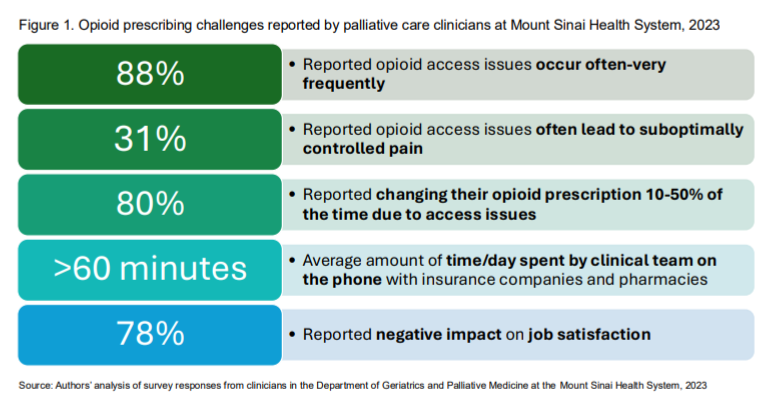2025-04-21 バージニア工科大学 (Virginia Tech)

A bed bug infestation. Photo courtesy of Warren Booth.
<関連情報>
- https://news.vt.edu/articles/2025/04/bed-bug-gene-mutation-insecticide-resistance-warren-booth-flsi.html
- https://academic.oup.com/jme/advance-article-abstract/doi/10.1093/jme/tjaf033/8078368
- https://academic.oup.com/jhered/advance-article-abstract/doi/10.1093/jhered/esae071/7912083
北米におけるトコジラミCimex lectularius(半翅目:Cimicidae)の個体群におけるA302S Rdl殺虫剤耐性突然変異の最初の証拠 First evidence of the A302S Rdl insecticide resistance mutation in populations of the bed bug, Cimex lectularius (Hemiptera: Cimicidae) in North America
Camille J Block , Lindsay S Miles , Cari D Lewis , Coby Schal , Edward L Vargo , Warren Booth
Journal of Medical Entomology Published:14 March 2025
DOI:https://doi.org/10.1093/jme/tjaf033
Abstract
The common bed bug, Cimex lectularius (L.) (Hemiptera: Cimicidae), is a pervasive indoor pest with prominent medical, veterinary, and economic impacts. Bed bug infestations are controlled by a wide range of insecticides, including pyrethroids, neonicotinoids, pyrroles, and phenylpyrazoles; however, bed bugs have evolved resistance mechanisms to most of these insecticides. Mutations in the Rdl (resistance to dieldrin) gene, located in a subunit of the γ-amino butyric acid (GABA)-gated chloride channel, have been identified in several pest insects, including the German cockroach. These have been found to confer resistance to fipronil, a phenylpyrazole insecticide commonly used in urban environments, in addition to cyclodienes (eg dieldrin), a class of insecticides banned in most countries since the 1990s. While resistance to dieldrin and fipronil has been reported in bed bugs, both C. lectularius and the tropical bed bug, C. hemipterus, the occurrence of mutations in the Rdl gene has yet to be thoroughly investigated. In this study, we sequence a fragment of the Rdl gene commonly found to harbor cyclodiene and phenylpyrazole conferring mutations from 134 unique populations collected across the United States and Canada spanning a 14-yr period. Homozygous genotypes for the A302S mutation were found in 2 geographically distinct populations. This finding represents the first record of a non-synonymous Rdl mutation in bed bugs and identifies another mechanism by which insecticide resistance may be conferred in this species.
性染色体の同定を伴うトコジラミ Cimex lectularius の染色体レベルの参照ゲノム A chromosome-level reference genome for the common bed bug, Cimex lectularius, with identification of sex chromosomes
Lindsay S Miles , Richard Adams , Yannick Z Francioli , Daren C Card , Todd A Castoe , Warren Booth
Journal of Heredity Published:28 November 2024
DOI:https://doi.org/10.1093/jhered/esae071
Abstract
The common bed bug, Cimex lectularius, is a globally distributed pest insect of medical, veterinary, and economic importance. Previous reference genome assemblies for this species were generated from short-read sequencing data, resulting in a ~650 Mb composed of thousands of contigs. Here, we present a haplotype-resolved, chromosome-level reference genome, generated from an adult Harlen strain female specimen. Using PacBio long read and Omni-C proximity sequencing, we generated a 540 Mb genome with 15 chromosomes (13 autosomes and 2 sex chromosomes—X1X2) with an N50 > 30 Mb and BUSCO > 90%. Previous karyotyping efforts indicate an XY sex chromosome system, with 2n = 26 and X1X1X2X2 females and X1X2Y males; however, significant fragmentation of the X chromosome has also been reported. We further use whole genome resequencing data from males and females to identify the X1 and X2 chromosomes based on sex biases in coverage. This highly contiguous reference genome assembly provides a much-improved resource for identifying chromosomal genome architecture, and for interpreting patterns of urban outbreaks and signatures of selection linked to insecticide resistance.


